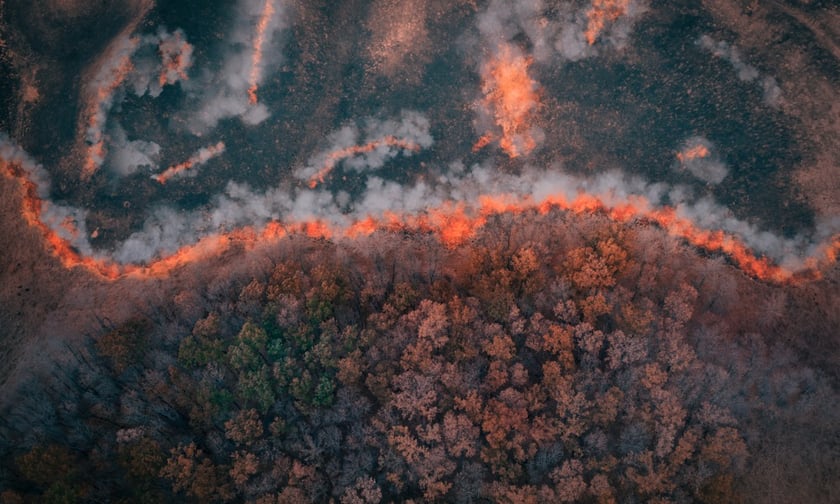

It has urged Australians to stay alert following The Bureau of Meteorology’s (BoM) prediction that this year’s El Niño could produce hotter and drier conditions, increasing the risk of bushfires.
“The long-term average climate for Australia is one that is getting hotter and drier, with an increase in the number of fire weather danger days and earlier starts to the bushfire season,” said Suncorp Insurance climatologist Rhys Whitley.
According to Suncorp’s latest research on the significant gaps in Australians’ understanding of bushfire safety, over half of Australians lack vital knowledge about the behaviour and dangers related to bushfires.
The research revealed that 55% of the population were unaware that rivers, creeks, or roads cannot halt the path of a highly intense bushfire.
More than half (55%) also did not know that the front is the most perilous section of a bushfire. However, only around one in four (26%) Australians knew that embers, often overlooked but highly dangerous, can travel up to 40 kilometres during an intense bushfire. Concerningly, 16% of Australians were oblivious to the possibility that a house can catch on fire from embers in advance of the fire front.
Nearly one-third (31%) of Australians did not know lighting strikes are among the most common triggers of bushfires in the country. Concerningly, a whopping 42% of the population believed that it is safe to remain at home during a bushfire event unless explicitly advised otherwise by Emergency Services.
“Tragically, we expect those regions that have high risk now will only become worse as the world becomes warmer. This trend is particularly evident for much of southern QLD where fire-weather conditions are becoming more severe and emerging more frequently,” Whitley said. “As we look into the future, catastrophic bushfires will be an ever-present danger, and so monitoring of conditions (including fire weather [and] fuel loads) and extensive planning (i.e., property development, evacuation of communities, and fire-fighting resources) is something we consider as a high priority. We also encourage homeowners to use the information available to them to be prepared for not only the upcoming bushfire season, but all future ones.”
The Actuaries Institute’s Australian Actuaries Climate Index (AACI) also recently warned Australians to brace for destructive bushfire seasons.
